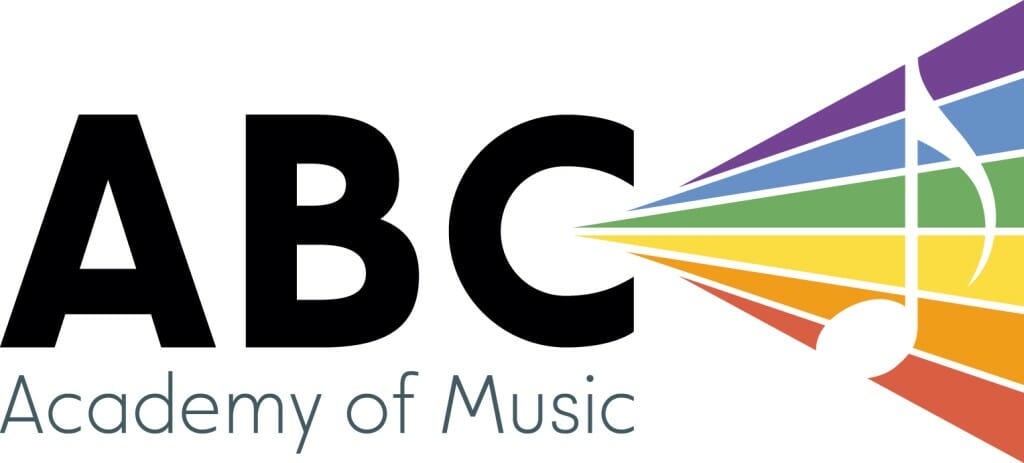Chloe
VERY IMPORTANT: Chloe needs My First Piano Adventure Lesson Book B for next week! You can buy it at any music book store or on Amazon here.
https://www.amazon.ca/My-First-Piano-Adventure-Lesson/dp/1616776218/ref=sr_1_1?ie=UTF8&qid=1515206043&sr=8-1&keywords=my+first+piano+adventure+lesson+book+b
We started the lesson by reviewing the last song in her current book: Graduation Party. The first time Chloe played through the song, she had some problems switching from one hand to the other. We spent some time looking at the song without playing it, talking through what each hand needs to do. Afterwards, Chloe played Graduation Party again. The second time around, she played with much more confidence and ease!
I then talked to Chloe about how repeating songs in her practice every day is key. Just in the lesson, she found the second time a lot easier. By repeating a song even more times at home, she could play with even more ease and comfort!
Afterwards, we did a little bit of ear training with Twinkle Twinkle. I sang the notes and Chloe tried to find them on the keyboard. Some notes were easier for her to find than others, but overall, she did a great job!
Since Chloe doesn’t have the new book yet, I introduced her to the concept of the staff using a different book. She learned all about reading middle C on the staff and was very attentive!
Zoe
We started the lesson by reviewing the Dozen a Day exercises 1-9 in G major. Zoe even learned the next three exercises and played the whole set! That was awesome!
We started to look at Zoe’s new books. We began with the lesson book, which started with a review song “Firefly.” We looked at the song. Zoe also learned that playing a song in a new key is called “Transposing.” As a challenge, Zoe tried to play the song in G major. I gave her a few hints to help her transpose at home:
- Think about how the note is related to C in the original song. For example G is 5 notes away from C. Then, when playing the song in the new key, she can count 5 notes away from G (the new key). The note she needs to play is D!
- Think about if the next note is a skip or a step away.
We also looked at the theory book exercise Sailing Melodies. I explained to Zoe how to complete the exercise and we even did a couple examples!
At home:
Dozen a Day: Zoe should practice Group II exercises 1-3 in G major.
Lesson Book: Firefly in C major and transposed into G major
Theory Book: Sailing Melodies
We didn’t have a chance to look at the performance book, but Zoe can look at the song “Showboat” if she has extra time! Now that she’s on the new set of books we will be using all her books, but might not be using every book every week. Zoe should practice for 10-15 minutes every day!
Julie
Warm-Ups: Double 3rds, hands together.
B harmonic minor scale. In the harmonic minor scale, the seventh note in the scale is raised by one semitone. That means if the note is originally A natural, in the harmonic minor scale you’d play an A#. Here is some additional reading material that may help to clarify the concept.
http://www.simplifyingtheory.com/harmonic-minor-scale/
Sonatina: This week, the main focus is making all the 16th notes equal in length. The main theme seemed to be the most irregular in keeping the rhythm the same.
- Play the metronome at 60. Spend some time listening to the beat without playing. You can also sing the opening bars to hear where they fit into the beat.
- play the opening theme in 2 measure segments with the metronome. Do a combination of hands together and hands separate practice.
- focus on bar 65 in a similar manner.
- run the whole piece after doing this! Make sure to focus on these areas before running the piece.
Lied: Similar to the Sonatina, the 16th notes need a little more attention.
- Work especially on the 16th notes during the pianissimo towards the end of the piece. Play these 16th notes with a metronome at 66-72.
- Don’t worry about the dynamics while practicing these parts – it’s more important to play all the notes clearly!
- Spend some time focusing on the ornaments that happen before the beat. Practice them hands separately, first just playing the bar in which they occur. Then, add the joining bars. Finally, try to play it hands separately!
- Run through the piece after doing all this.
Bach: This week, practice this hands separately with strong fingers. Use the metronome to assist rhythmic accuracy, spending some time before playing to just listen to the beat.
While I couldn’t find a recording of this specific piece being played on harpsichord, here’s a video of another Bach minuet being played on the harpsichord to give you an idea how his pieces would’ve been performed in his time. https://www.youtube.com/watch?v=2TobXjDXF0s
